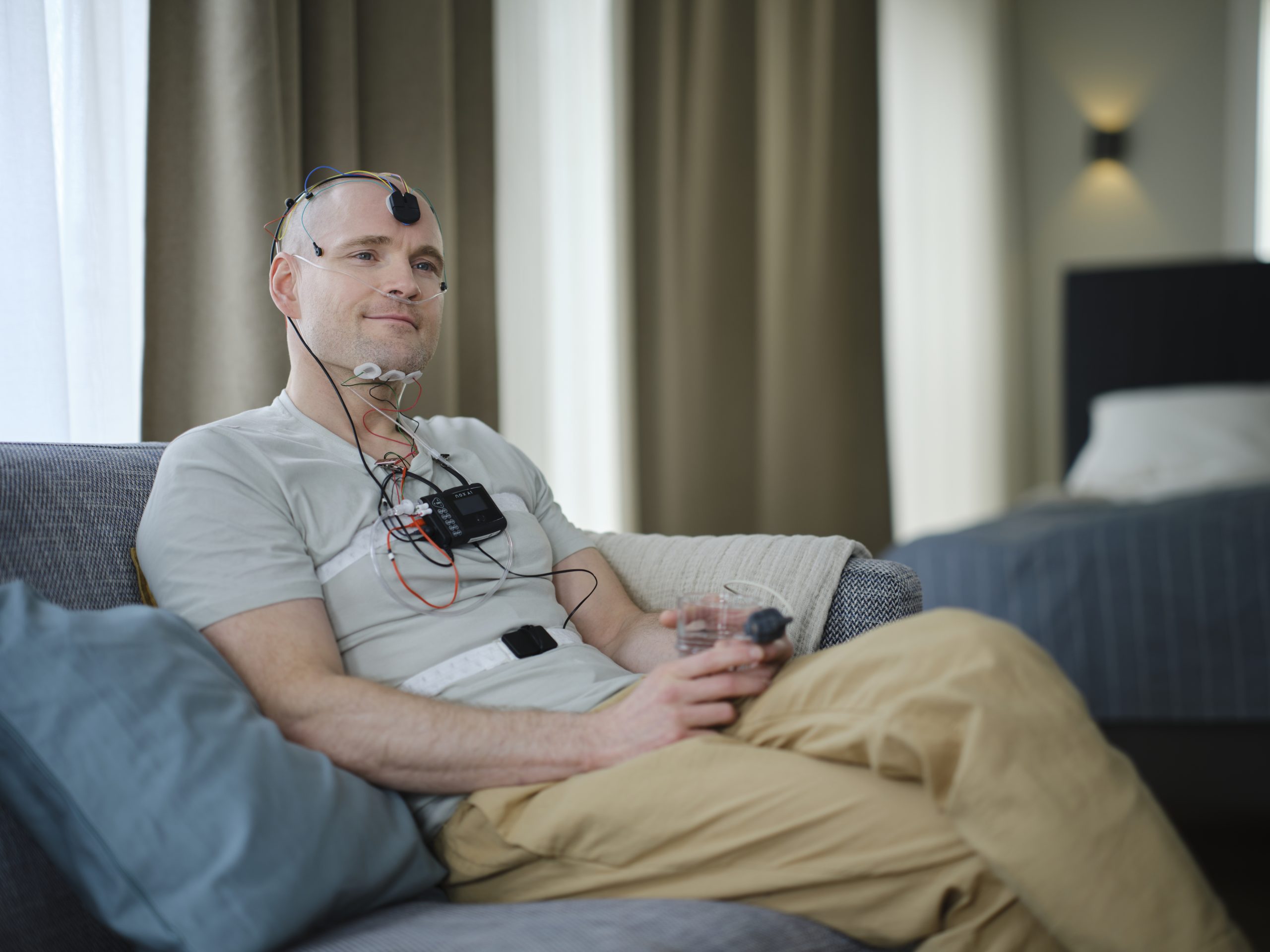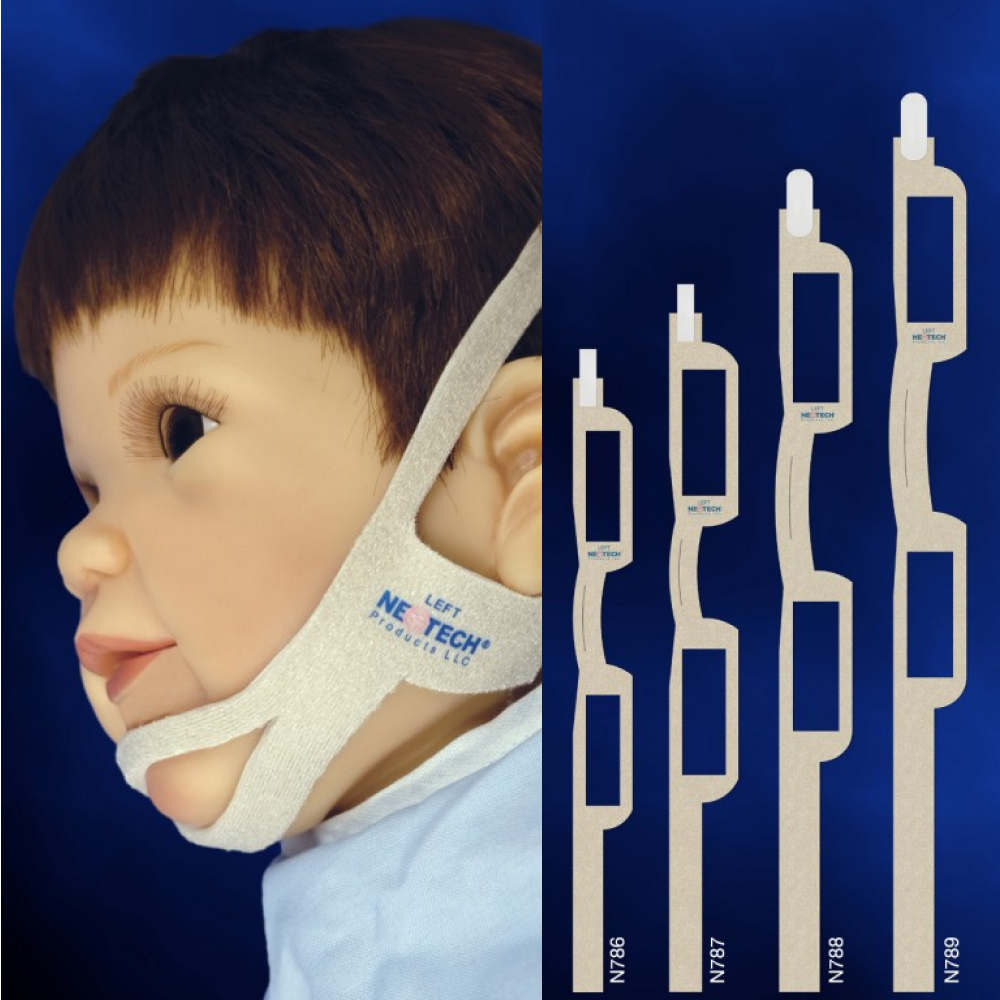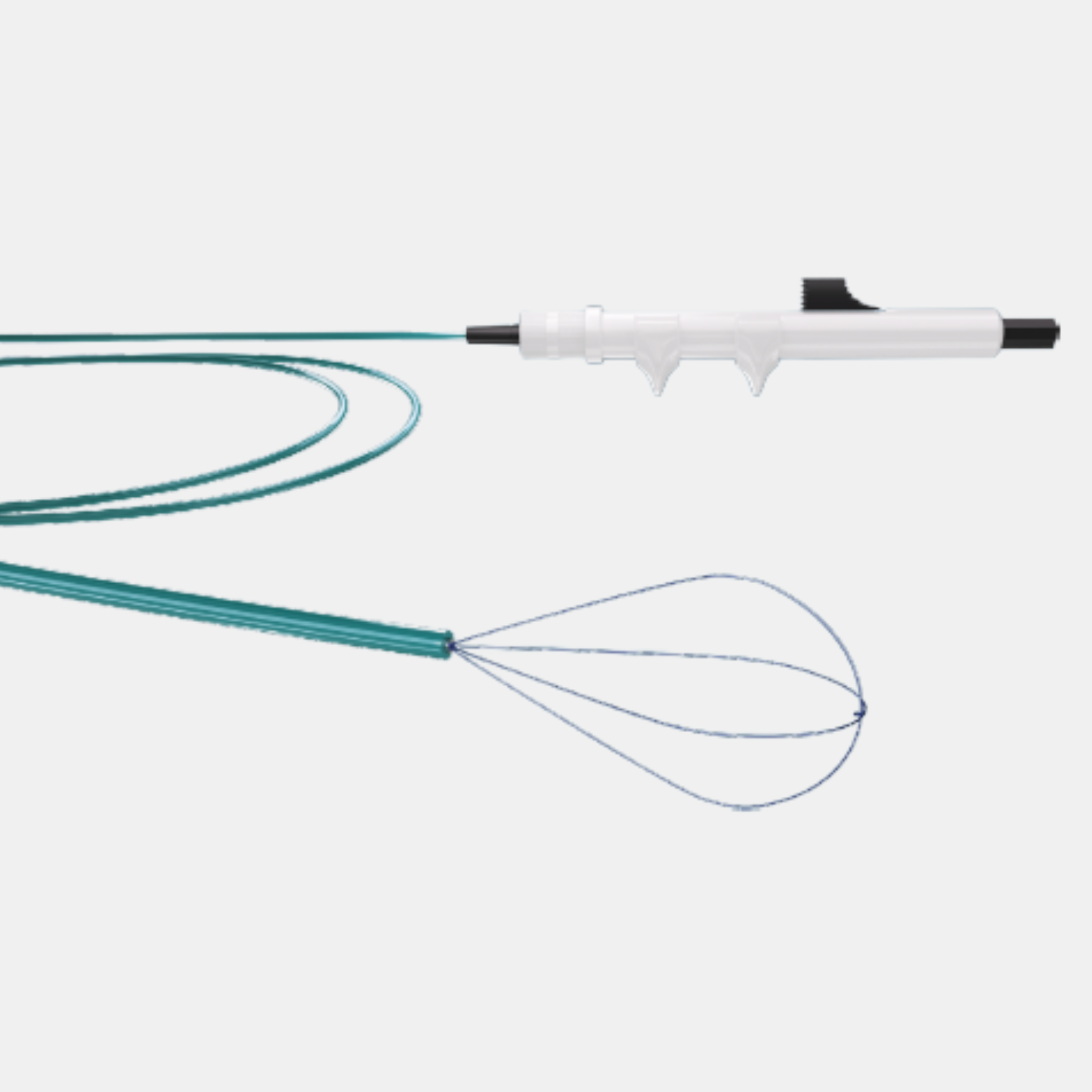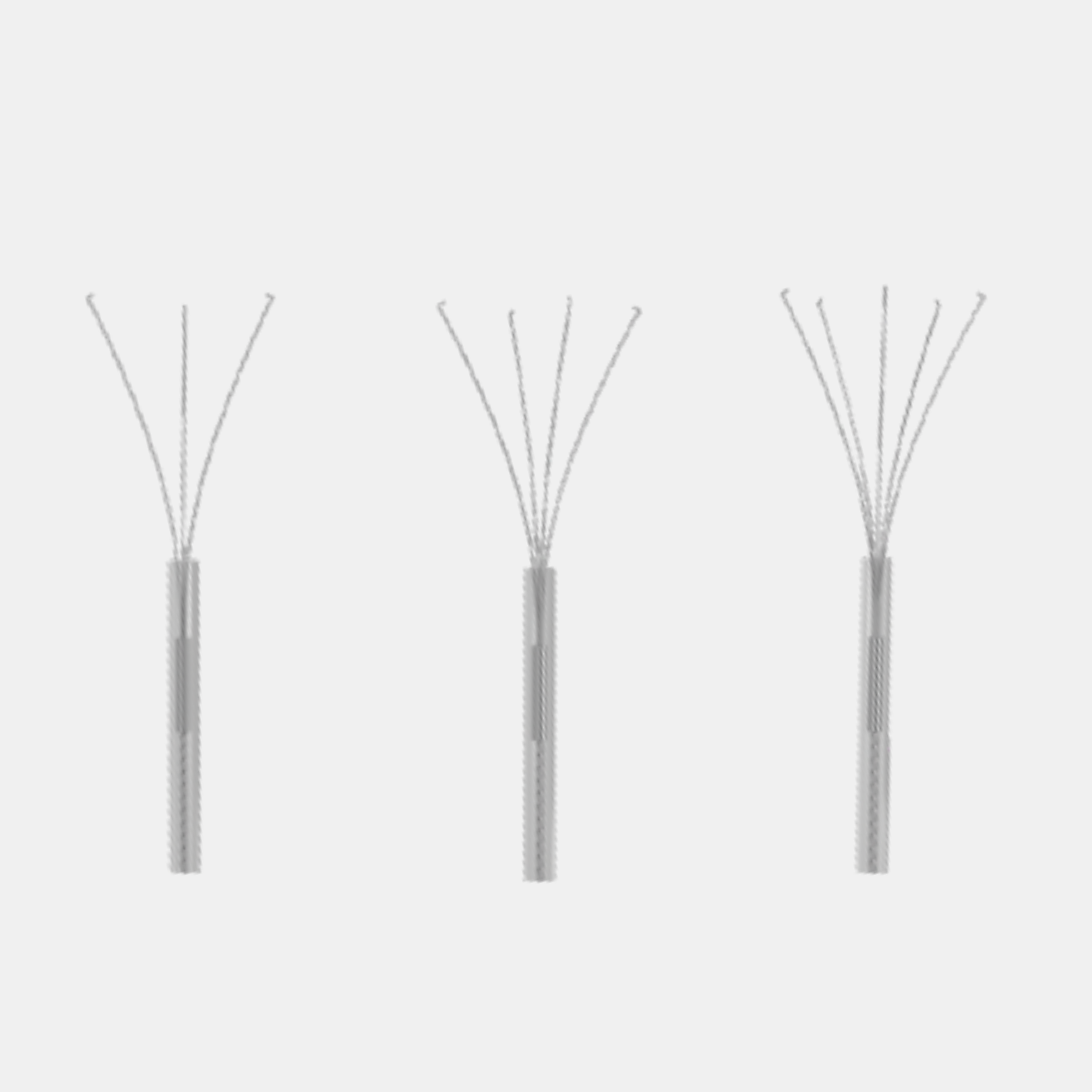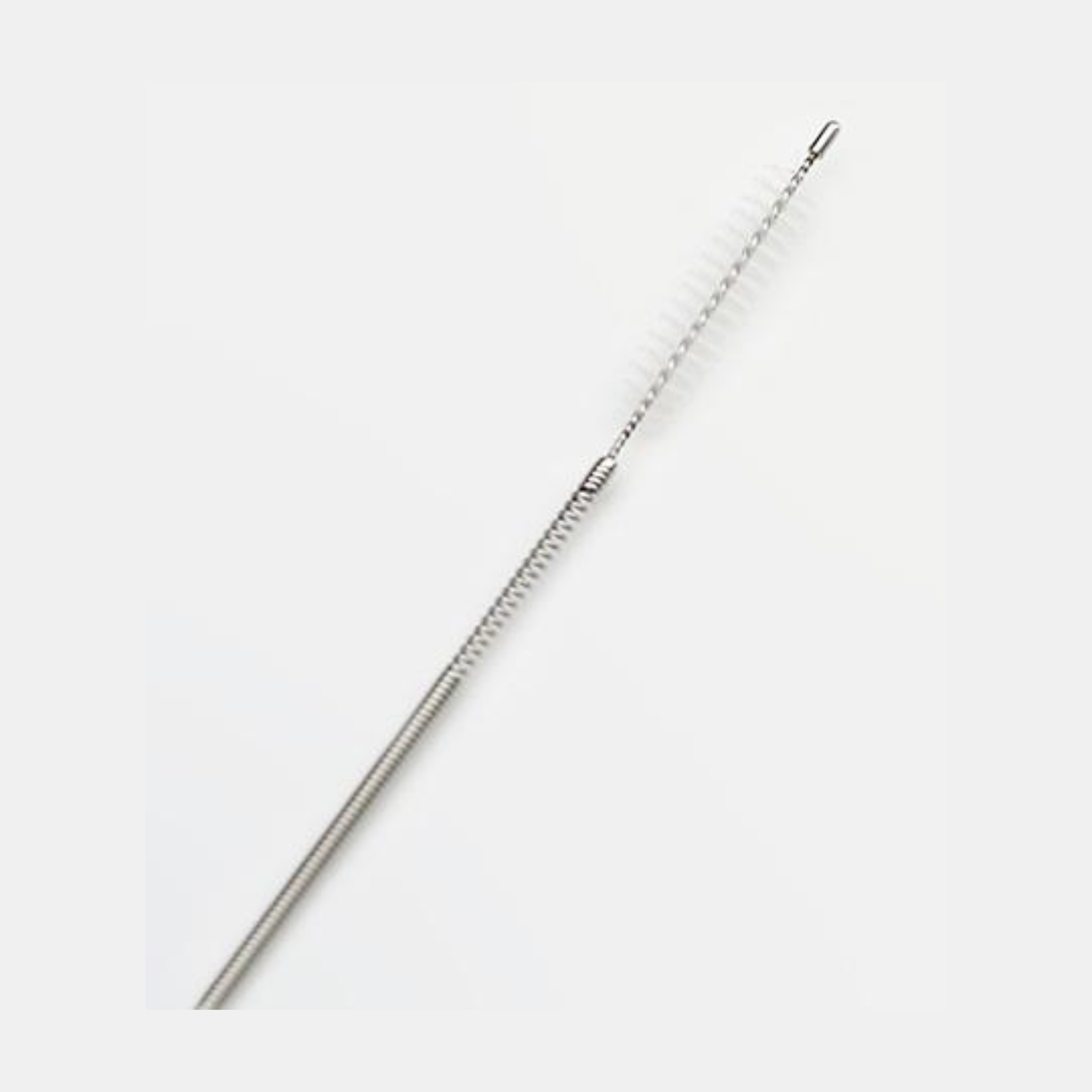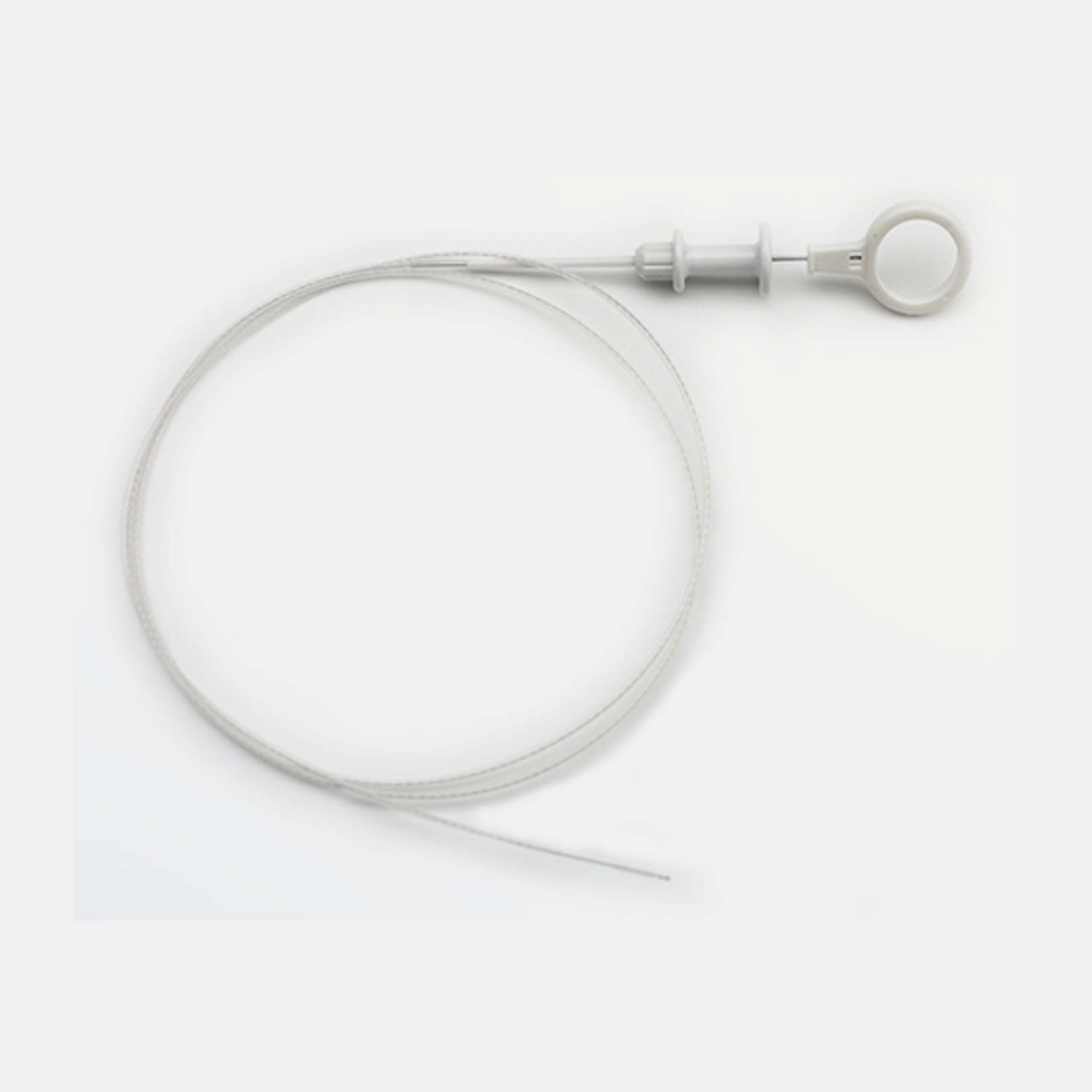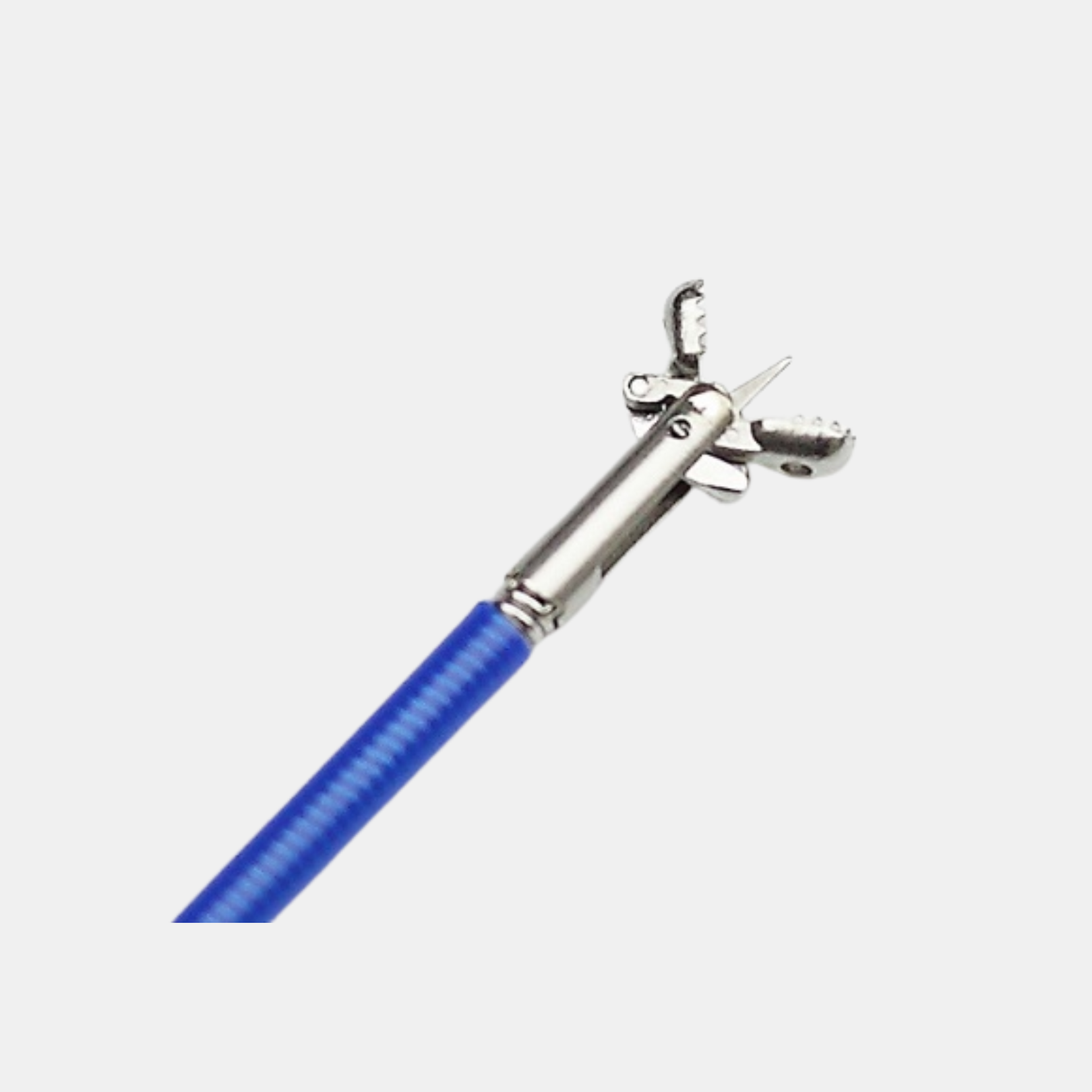About Us

We are an established digital marketing firm. Our mission is to support you in creating a loyal client base, boost sales, and grow your business.


We are an established digital marketing firm. Our mission is to support you in creating a loyal client base, boost sales, and grow your business.
A sleep study, or polysomnogram (PSG), is a painless, overnight test that monitors various aspects of your sleep to help diagnose sleep disorders. In a sleep study, several physiological factors are measured, including brain activity, eye movements, blood oxygen levels, heart rate, breathing, snoring, and body movements.
This comprehensive sleep study can be conveniently conducted in the patient’s home using a portable, battery-operated recording device.
Level 3 Home Sleep Testing involves a main recorder, respiratory belts, a pulse oximeter, and a nasal cannula to monitor airflow. If your doctor recommends it, an additional sensor may be used to detect bruxism (teeth grinding). The setup is straightforward and typically takes just 20 minutes to complete.
The Level 2 Ambulatory Polysomnography (PSG) study offers a more detailed evaluation. Multiple sensors are attached to monitor airflow, respiratory effort, snoring, body position, movement, oxygen levels, and heart rate. Additional sensors are placed on the head and face to track brain activity (EEG), eye movements (EOG), and muscle tone (EMG), while further sensors monitor the heart (ECG) and leg muscle activity. For bruxism, two additional leads are placed near the jawline. This setup takes approximately 45 minutes to an hour.
Both sleep studies are non-invasive, requiring no needles nor discomfort, ensuring a smooth and thorough assessment of your sleep health.



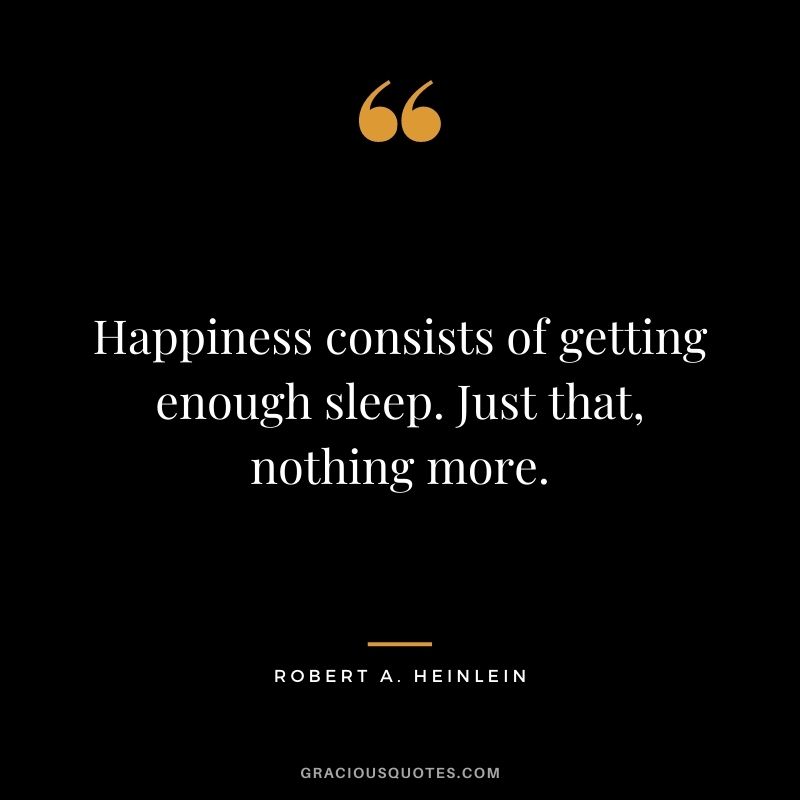
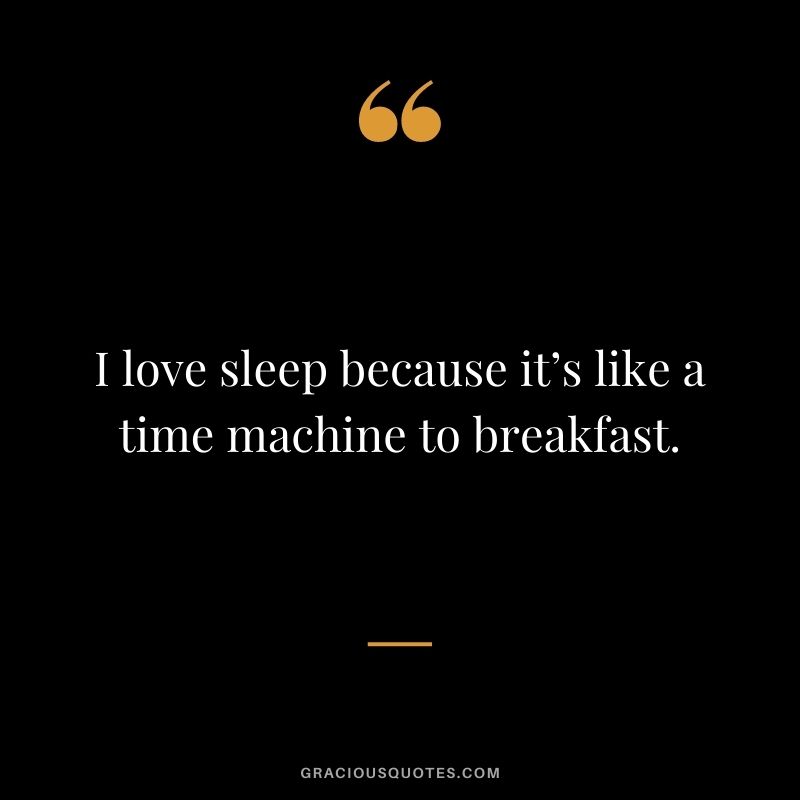
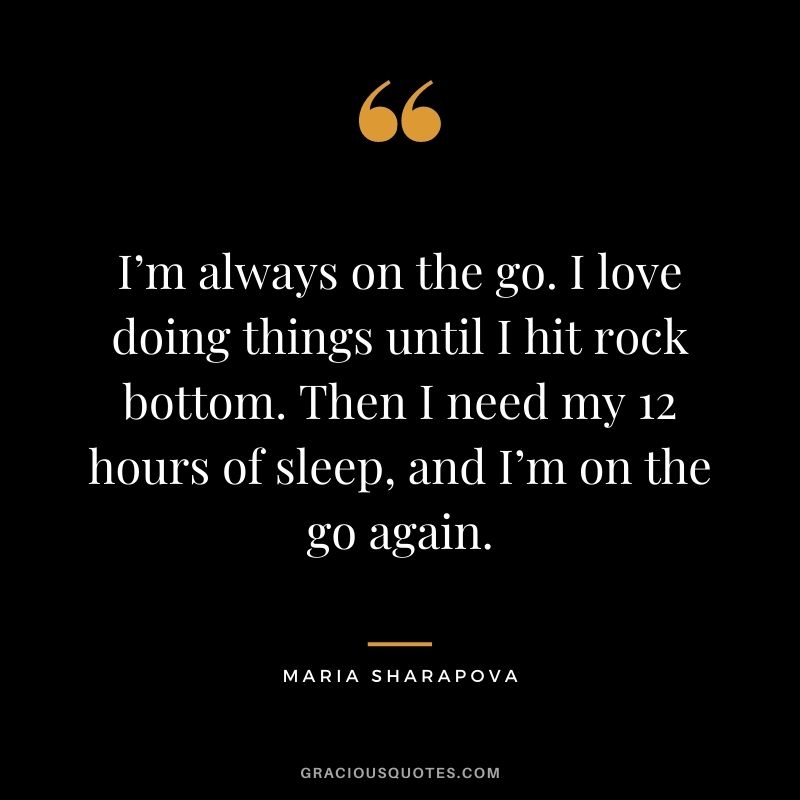







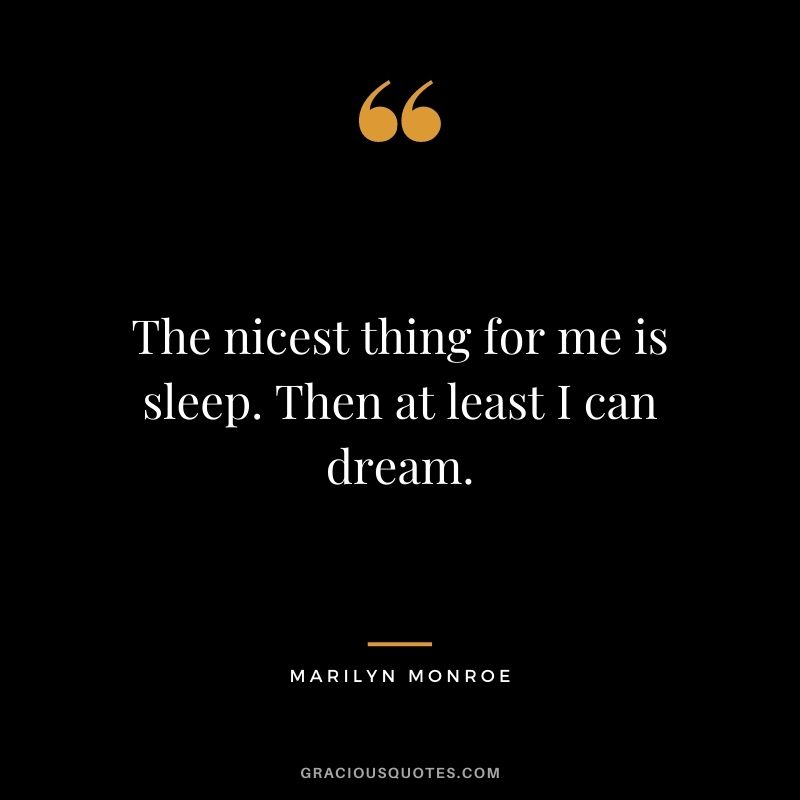
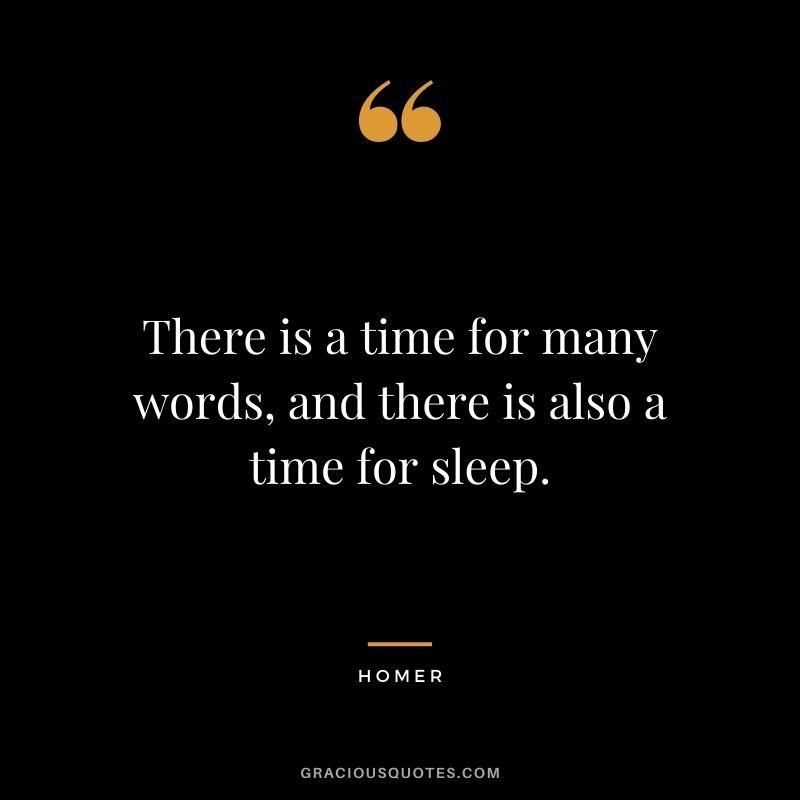
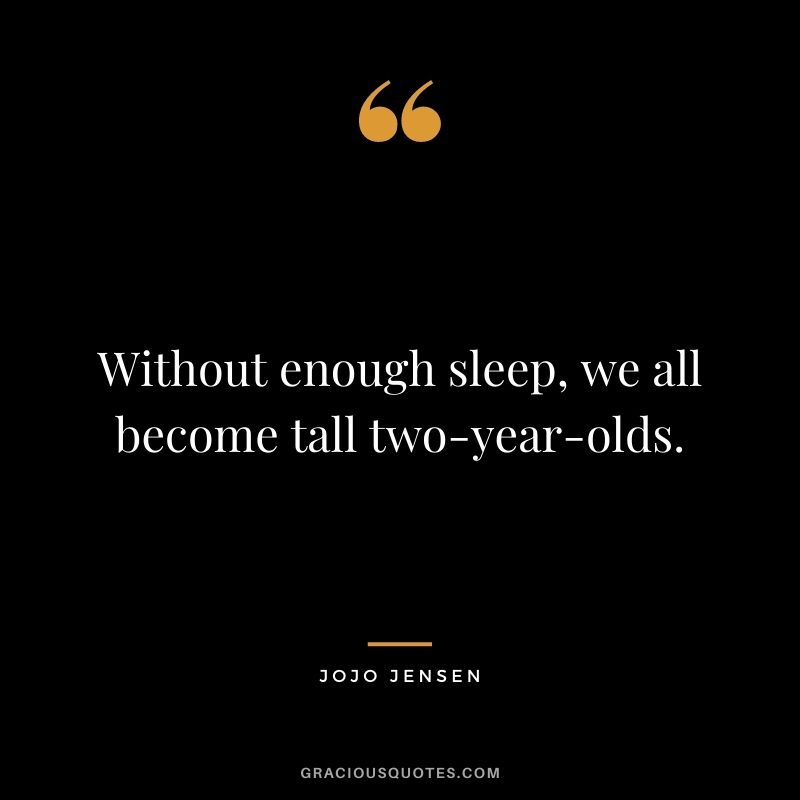


There are three types of sleep studies: Level 1, Level 2, and Level 3. Each type differs in the range of data it monitors, the specific conditions it tests for, and the setting where the study is conducted.
A Level 2 Ambulatory Polysomnography (PSG) provides an in-depth evaluation of your sleep patterns, offering a more detailed analysis than basic sleep studies. Using portable monitoring equipment designed for home use, this study measures more than just breathing, oxygen levels, and heart rate. It can also:
Provide a Detailed Sleep Architecture Analysis:
By collecting a broad range of physiological data, Level 2 PSG offers a comprehensive view of your sleep stages, including the duration and quality of each phase.
Ideal for Uncovering Undiagnosed Sleep Disorders:
If you are experiencing ongoing sleep issues without a clear diagnosis, a Level 2 sleep study can be an invaluable tool. It can help uncover hidden disorders like PLMD or frequent arousals that may contribute to your poor sleep quality.
Detect Leg and Body Movements
The study can identify Periodic Limb Movement Disorder (PLMD), a condition marked by involuntary leg movements during sleep, which can disrupt sleep quality.
Monitor Sleep Arousals
Arousals are brief awakenings that often go unnoticed but can affect sleep quality. The study tracks these events to determine their frequency and impact on your sleep.
Understanding Sleep Stages
During sleep, your body cycles through four distinct stages:
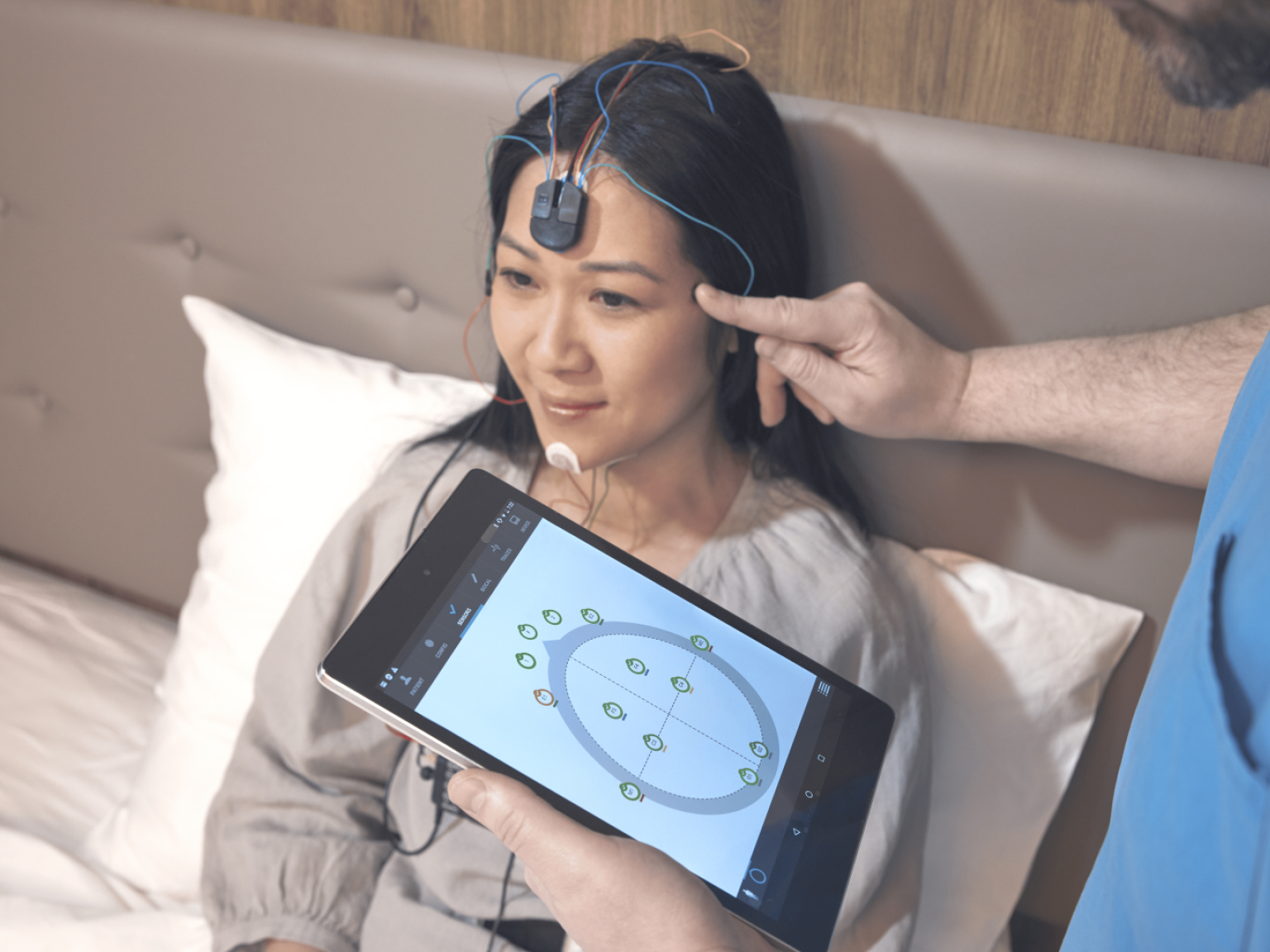
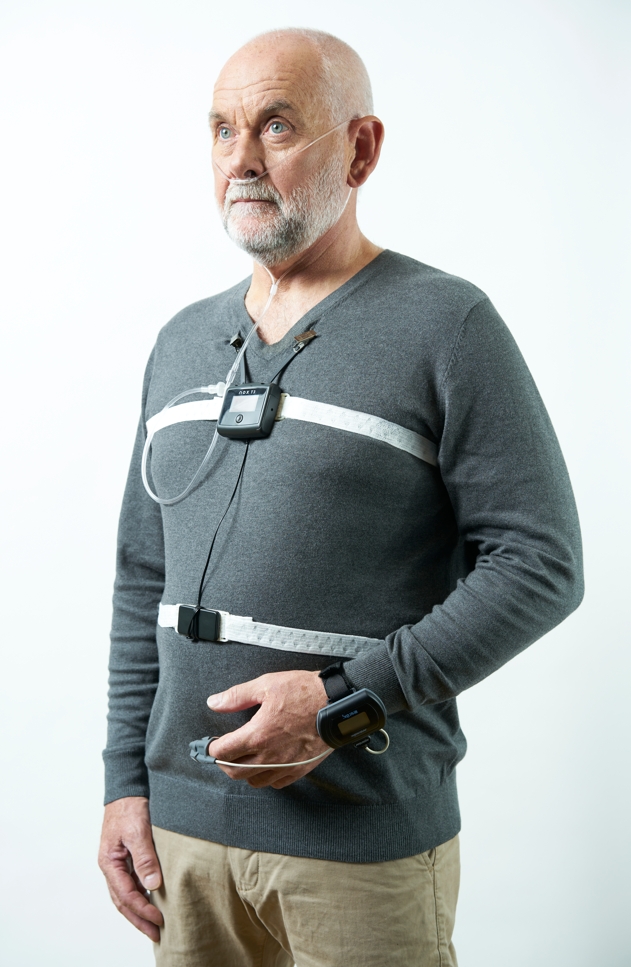
** This image illustrates Level 3 Sleep Study setup looks like.
This comprehensive home-based sleep study measures various physiological parameters to assess sleep health and identify potential disorders.
Airflow and Respiratory Effort
Specialized sensors monitor breathing patterns throughout the night, detecting potential airflow obstructions or episodes of shallow breathing that may indicate conditions such as sleep apnea.
Snoring Detection
The study records snoring activity, a crucial indicator of sleep disruption and potential respiratory issues during sleep.
Body Position Tracking
Continuous monitoring of body position helps determine if certain sleep positions contribute to breathing difficulties or other sleep disturbances, providing insights into positional sleep apnea or discomfort.
Actigraphy
An integrated actigraphy sensor tracks physical movement during sleep, enabling an objective analysis of sleep-wake cycles and overall restfulness.
Blood oxygen levels are continuously measured, allowing for the detection of desaturation events, which are often associated with obstructive sleep apnea and other respiratory conditions.
Pulse Rate Analysis
Monitoring the pulse rate throughout the night offers additional data to support a comprehensive evaluation of cardiovascular responses during sleep.
Advanced Analysis for Comprehensive Sleep Diagnostics
Our Level 3 sleep study provides in-depth insights beyond basic sleep monitoring, delivering detailed reports that facilitate better understanding and diagnosis of sleep disorders. The key features include:
Total Sleep Time (TST): This metric tracks the total duration the patient spends asleep during the study, offering a baseline for evaluating sleep health.
Sleep State Analysis: The study breaks down the sleep cycle into REM (Rapid Eye Movement), NREM (Non-Rapid Eye Movement), and wake stages. This allows clinicians to assess sleep architecture, particularly REM-related Apnea-Hypopnea Index (AHI), which is crucial for understanding how sleep apnea impacts specific sleep stages.
Bruxism Detection (Optional): For patients suspected of bruxism (teeth grinding), we can incorporate additional sensors to measure the frequency and intensity of this condition, helping to evaluate its influence on overall sleep quality and health.
By offering comprehensive data through these advanced analysis features, this sleep study is a powerful tool for diagnosing, managing, and understanding the intricacies of sleep disorders, ensuring more precise and personalized treatment plans.
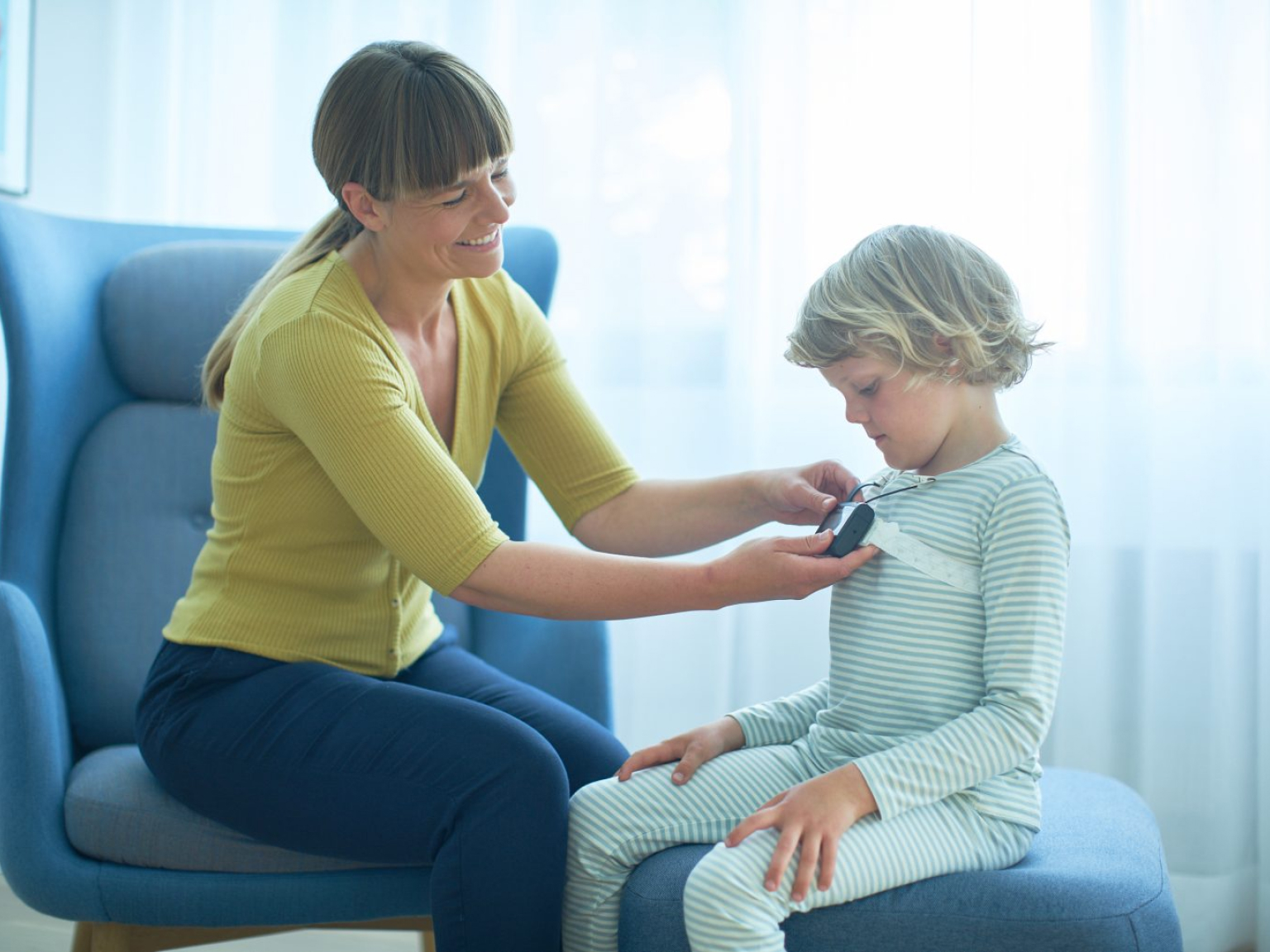

Before the sleep technician arrives to set up your sleep study equipment, please follow these guidelines to ensure a smooth process:
Preparation (1 Hour Before)
Eat your meal, shower, brush your teeth, wash your face, and change into comfortable clothes or pajamas.
Make sure your face is clean and dry. Avoid using any creams, moisturizers, lotions, or sunscreen, as these may interfere with the sensors.
After Setup
Once the sensors are applied, you will not be able to change clothes, but you can still move around, drink water, and use the restroom.
You can go to bed at your regular time; there is no need to lie down immediately after the setup.
Pulse Oximetry
A sensor will be attached to one of your fingers (preferably the index or ring finger on your left hand).
Ensure your fingernails are free of nail polish or manicures to ensure accurate readings.
Home Setup Requirements
The technician will need access to a table and chair in an area with good air circulation (such as a fan or air conditioning) for the setup.
Keep your body cool during and after the setup to avoid sweating, as moisture can affect the adhesion of the leads, especially on your head.
The recording device will begin capturing data at the scheduled time. Relax and sleep in your usual position. Please note that the device is not waterproof, so exercise caution when drinking water or using the restroom. When washing your hands, ensure that the finger with the pulse oximeter sensor remains dry and does not come into contact with water.
For pediatric patients, it is crucial to avoid twisting or tampering with the pulse oximeter sensor, as this can result in data loss and affect the accuracy of the reading.
Additionally, the recording device includes a microphone to capture snoring for analysis. To protect your privacy, we recommend refraining from discussing private or confidential matters during the sleep study.

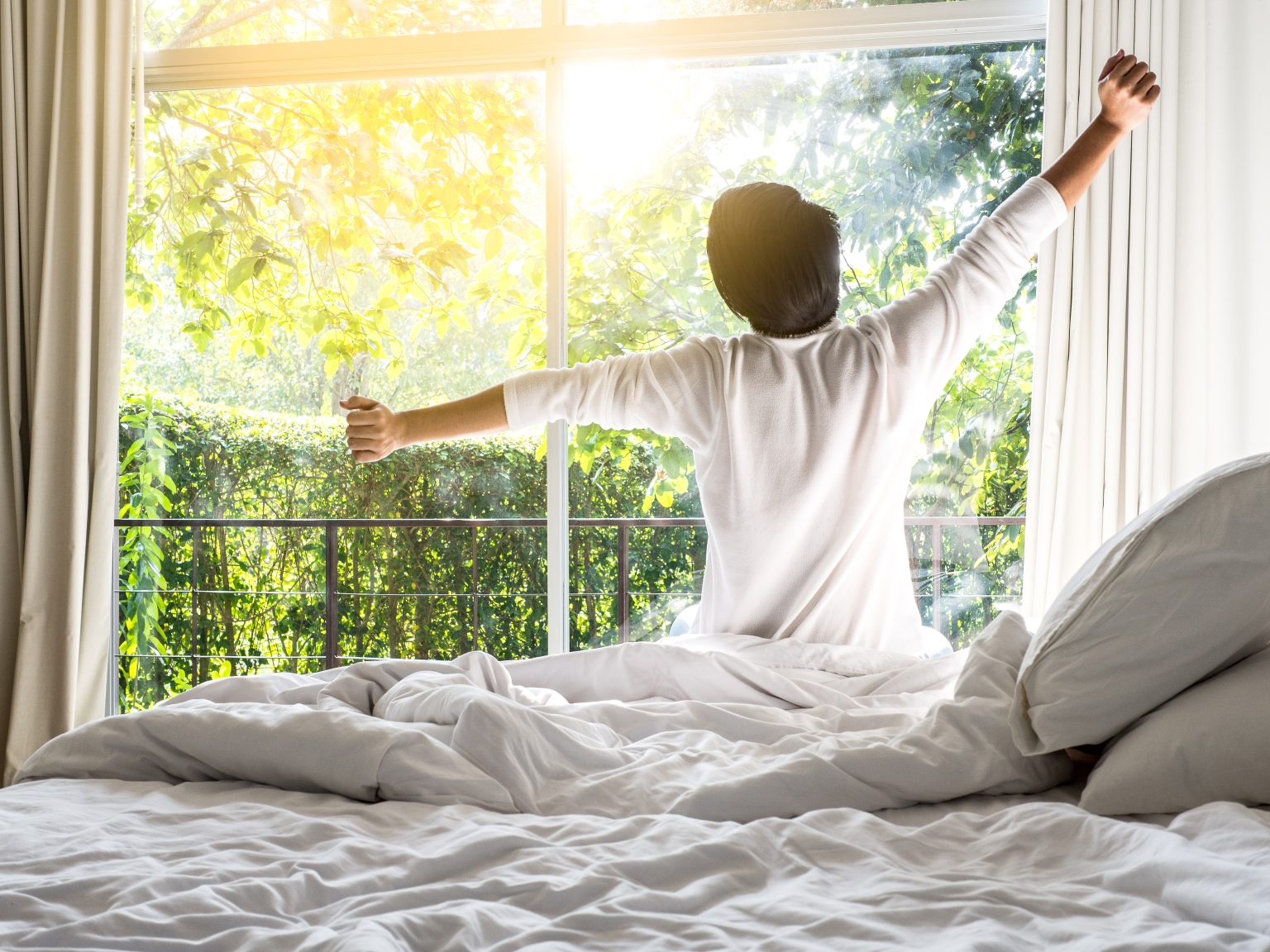
The Sleep Technician will schedule time for device collection the following day. On the night of the setup, the Sleep Technician will guide you to safely unhook and detach the sensors before leaving your home. After all sensors are removed, particularly for sleep studies that involve sensors on the head, it is recommended that you rinse your hair with warm water to remove the conductive paste, followed by shampooing to ensure thorough cleansing. This helps maintain proper hygiene and comfort after the sleep study.
We require three business days to analyze the data and prepare your report. Once completed, a copy will be sent directly to your referring Doctor, who will review and interpret the results before advising you on appropriate next site.
Your sleep health is a cornerstone of your overall well-being, influencing your energy, focus, and long-term health. Prioritizing it is not just a choice, it’s an investment in your quality of life.
Take the proactive step to a better rest. Schedule your sleep study today!

